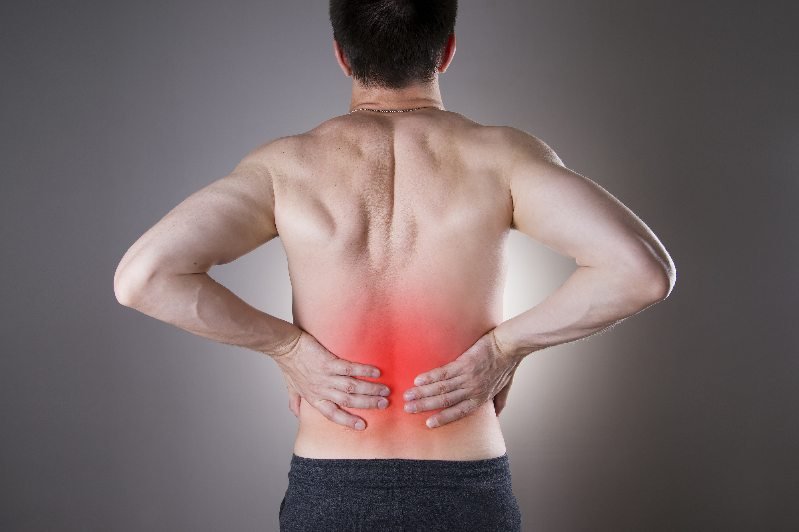-
April 30, 2020
-
0

What are Spinal deformities?
The normal spine is designed in a way to allow optimum flexibility and support the body’s weight. When seen from the side, the spine has three gentle curves which work together to keep your body’s centre of gravity in alignment with your hips and pelvis. When viewed from behind, the normal spine is straight without any bends or curves.
A spinal deformity is seen when there is an abnormal curvature which puts the spine out of alignment. A sagittal imbalance is an abnormal curvature that is visible from the side. Types of this deformity include kyphosis, chin-on-chest syndrome and flatback syndrome. Abnormal curvature visible from the back is known as scoliosis. These conditions have different causes, including congenital deformity, diseases, infections, tumours, age-related degeneration and idiopathic causes.
Understanding Scoliosis
When viewed from the back, a normal spine appears straight. If the spine has a ‘C’ or ‘S’ shaped curve, this condition is known as scoliosis. There are no identifiable causes of scoliosis, but neurological abnormalities, birth defects and genetic conditions are known to play a role.
Scoliosis is typically categorised as structural or non-structural. Structural scoliosis is caused by injury, birth defect or disease and is a permanent condition. Non-structural scoliosis is a temporary curve of the spine that can be repaired.
How is Scoliosis treated?
The treatment of scoliosis depends on the degree of spine curvature as well as the patient’s age and development. If the patient is still growing and the curvature is between 25 to 40 degrees, they will need to use a brace to stop the curvature from increasing. Bracing will not straighten the spine, but it is an effective method in preventing more serious complications, especially in early cases.
Surgery is recommended for people whose spinal curvature is more than 40 degrees. The standard scoliosis surgery is spinal fusion where the vertebrae are fused together using bone
graft, rods and screws. The rods will keep the spine in a straight position and the bone graft will eventually fuse into the vertebrae. The screws can be adjusted as the patient grows older.
If you are suffering from scoliosis, talk to a doctor today about treatment options. You could also join support groups to make living with scoliosis easier.
Contact
JAYANAGAR
BANASHANKARI

